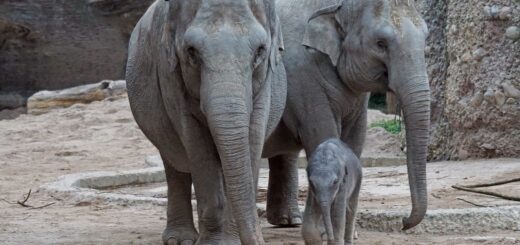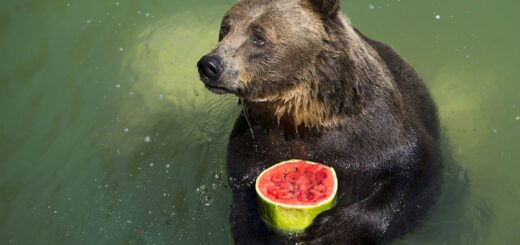Raising Tikiti: warthog (Phacochoerus africanus) hand-rearing at Dallas Zoo
Citation
Slifka KA. 2023. Raising Tikiti: warthog (Phacochoerus africanus) hand-rearing at Dallas Zoo. In Brooks M, Fidgett A, Kendrick E, Treiber K Eds. Proceedings of the Fifteenth Conference on Zoo and Wildlife Nutrition, Zoo and Wildlife Nutrition Foundation and AZA Nutrition Advisory Group, Hybrid.
Abstract
A female warthog was born at the Dallas Zoo and was unsuccessfully nursing within the first 24 hours of life. Since the piglet’s health was declining, she was moved into the animal hospital where veterinary staff could administer fluids, iron dextran, and complex B vitamins. A plan to begin feedings was created and formula composition was based on information in the literature on warthog, peccary, and domestic pig nutrient composition (Jenness & Sloan, 1970; Oftedahl, 1984; Osthoff et al., 2017). On day one, dilute formula was offered and, over the course of four feedings, was increased to full strength formulation shown in Table 1. Additionally, reconstituted bovine colostrum replacer (LAND O LAKES Bovine IgG Colostrum Replacer) was administered via tube feed the next day. The nutrient composition of the formula is described in Table 2. Lactase enzyme was added to the formula to reduce any possible gastrointestinal distress. Human infant liquid vitamin plus iron supplement was added once the piglet was reliably taking the formula (Day 6). Feedings began at nine times per day between 0600-2200 at 20% body mass per day. On day four, the piglet was moved back to the animal area and housed in a trough in a stall, rapidly graduating to a full stall with heat lamps. The piglet was raised with visual, auditory, and olfactory access to conspecifics. The body mass was tracked in order to compare to other piglet female warthogs weight gain trends.
 30_Slifka.pdf 119 KB
30_Slifka.pdf 119 KB








